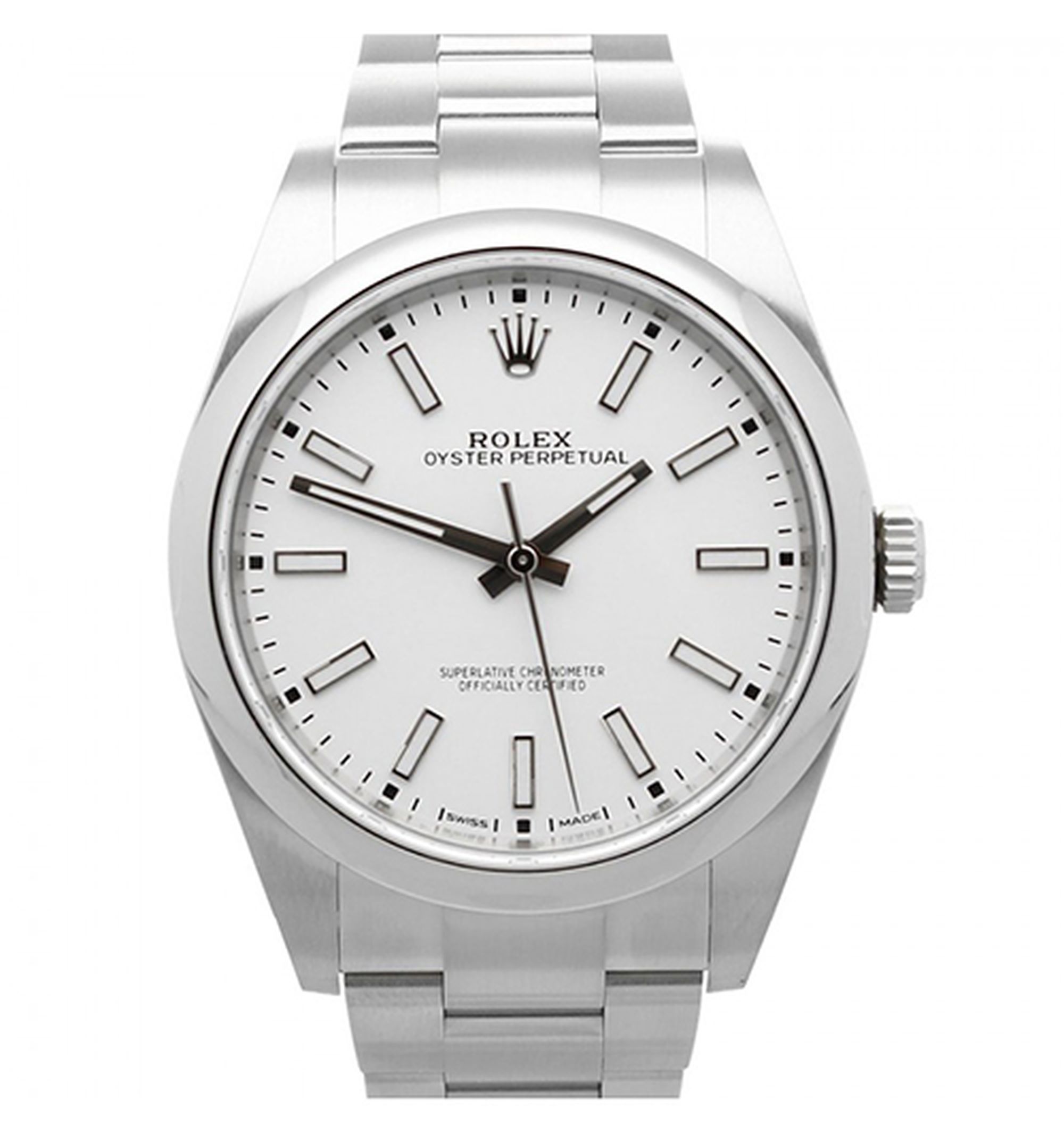Luxury watches are still a sought-after commodity. Under certain circumstances, it can be difficult to get hold of the right watches from the top manufacturers. This is also due to the fact that the market is currently flooded more and more with replicas, which justifiably trigger fundamental doubts about authenticity. But even replicas that are of high quality can be avoided with the right knowledge. In this article, we explain how this works. And we’ll do so with the help of a true classic: the Rolex.
Better safe than sorry – ask the experts
If you buy a Rolex, you really want to be sure that it is a Rolex. The tips for recognizing genuine watches, which we present in the following, can unfortunately not replace an expert in case of emergency. Even collectors of many years may not recognize excellent fakes as such. If you want to be absolutely sure that you are buying a genuine watch, you should do so from trustworthy sellers. Authenticity should always be one hundred percent guaranteed and be able to prove that with certificates of authenticity.
Know your future watch
Rolex watches are so prestigious that the very name of the manufacture suggests the highest quality. Among the models that are most often counterfeited are the Oyster Perpetual, Submariner, Datejust, Yacht-Master, as well as the Rolex Cosmograph Daytona. Each of these models has certain fake variants, the discrepancies of which can be spotted by connoisseurs. Before buying a watch, it is recommended to do a little research: What makes the watch? What details unmistakably confirm the authenticity of the model? What are components that are impossible or extremely difficult to counterfeit? How trustworthy is the seller? Carefully study the certificates of authenticity for the watch and familiarize yourself with the specifics of your desired watch. It starts with knowing the price range of the model you have chosen.

Play it safe – with the serial number
If you know what belongs to your Rolex, from the bracelet to the serial number, you’re on the safe side. In fact, the serial number is one of the essential identification features of a Rolex. On older models, it is found on the outer side of the case – between the horns at twelve o’clock. In 2007, this changed; since then, it can be found on the rhombus at six o’clock. Here, you should be on the lookout for the usual fake serial numbers. Many replicas already disqualify themselves by the fact that the serial numbers are not engraved clearly and deeply, but rather spongy and blurred.
The detail makes the watch
Even the smallest details determine whether a fake can be quickly determined as such. The first thing you look at is often the dial. Here, the first fakes are often easy to unmask. Deviations in the font, incorrect spacing between the letters or lettering that appears unclean, indicate that it is a fake. The case can also provide information about how genuine the watch is. With a few exceptions – namely helium valve models like Sea Dweller and Sea Dweller Deepsea – a genuine Rolex has no engravings at all on the back from the factory. The engravings between the horns, on the other hand, should look coherent, as mentioned above. Depending on the model, fakes can also be recognized by the fact that they don’t pick up on the basic features of the real model, for example, exposed backs, chronograph complications that don’t work properly, or a date function that isn’t usually present on all models. For example, the Daytona is one of them.

This is how fakes show up
The second hands can indicate not only the smallest units of time, but also whether the watch at hand is a genuine Rolex. While the second hand on genuine Rolex watches flows effortlessly and elegantly, much like the seconds themselves, you often see jerky movements with clearly discernible transitions on fake watches. You can also trust your ears here: On a genuine Rolex, there is never a clear ticking of the lever escapement, but always a bell-like tinkling, affectionately known as “chimes” among friends of the brand. For those who dare, the authenticity of the watch can also be determined by a visual inspection of the movement. This is also one of the safest ways to confirm the authenticity of the watch. Since special tools are needed to open a Rolex, it is probably easier to seek professional help for this.
These features reveal a genuine Rolex
To spot a fake Daytona, there are a few more details to look out for. Modern Daytona models have the patented Triplock system. This can be recognized by the rubber seals on the barrel, which you can only see when you unscrew and pull the crown. On fakes, you often look for this system in vain. In addition to the quality of the luminous material, which often leaves much to be desired in fakes, two engravings are also crucial for the authenticity of a Rolex. First, there is the laser crown, which is the Rolex logo since about 2002-2004 at the bottom of the sapphire crystal at six o’clock. It is engraved into the crystal using a laser process, but can only be seen with the naked eye if you really look very closely. Finally, on modern models, we have the rehaut engraving, which is what makes the real models. Because only where ROLEXROLEXROLEX is engraved, there is also Rolex inside.


